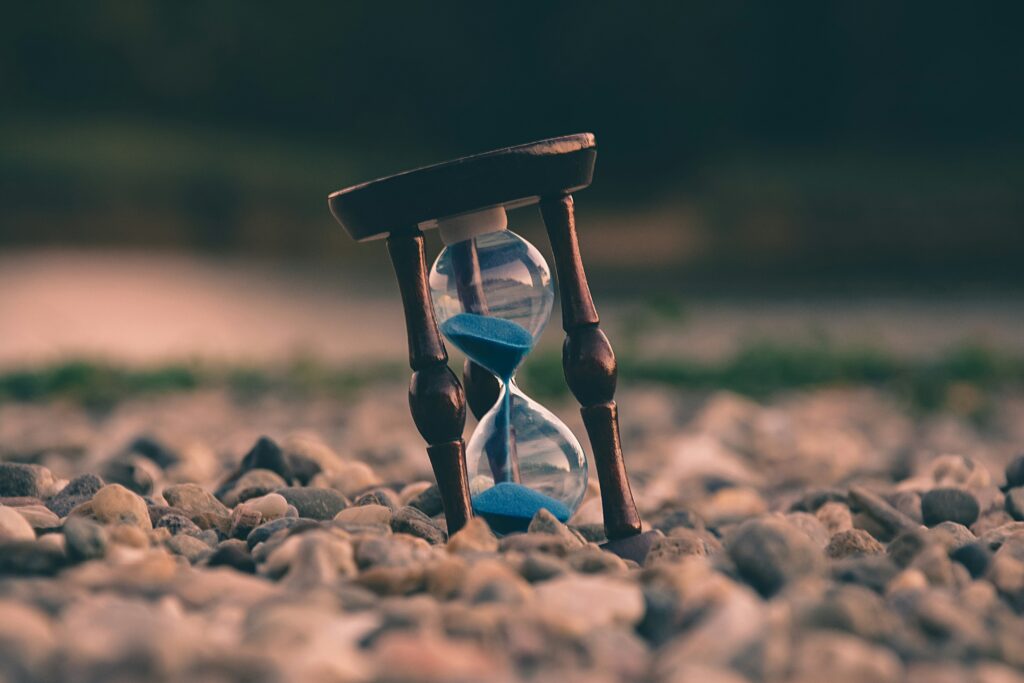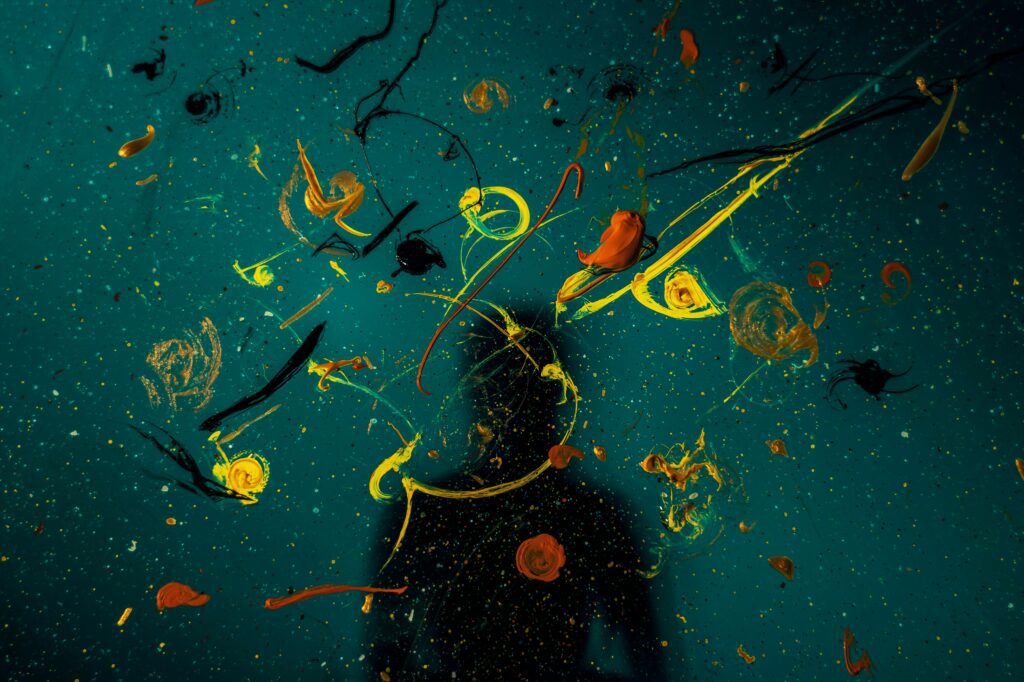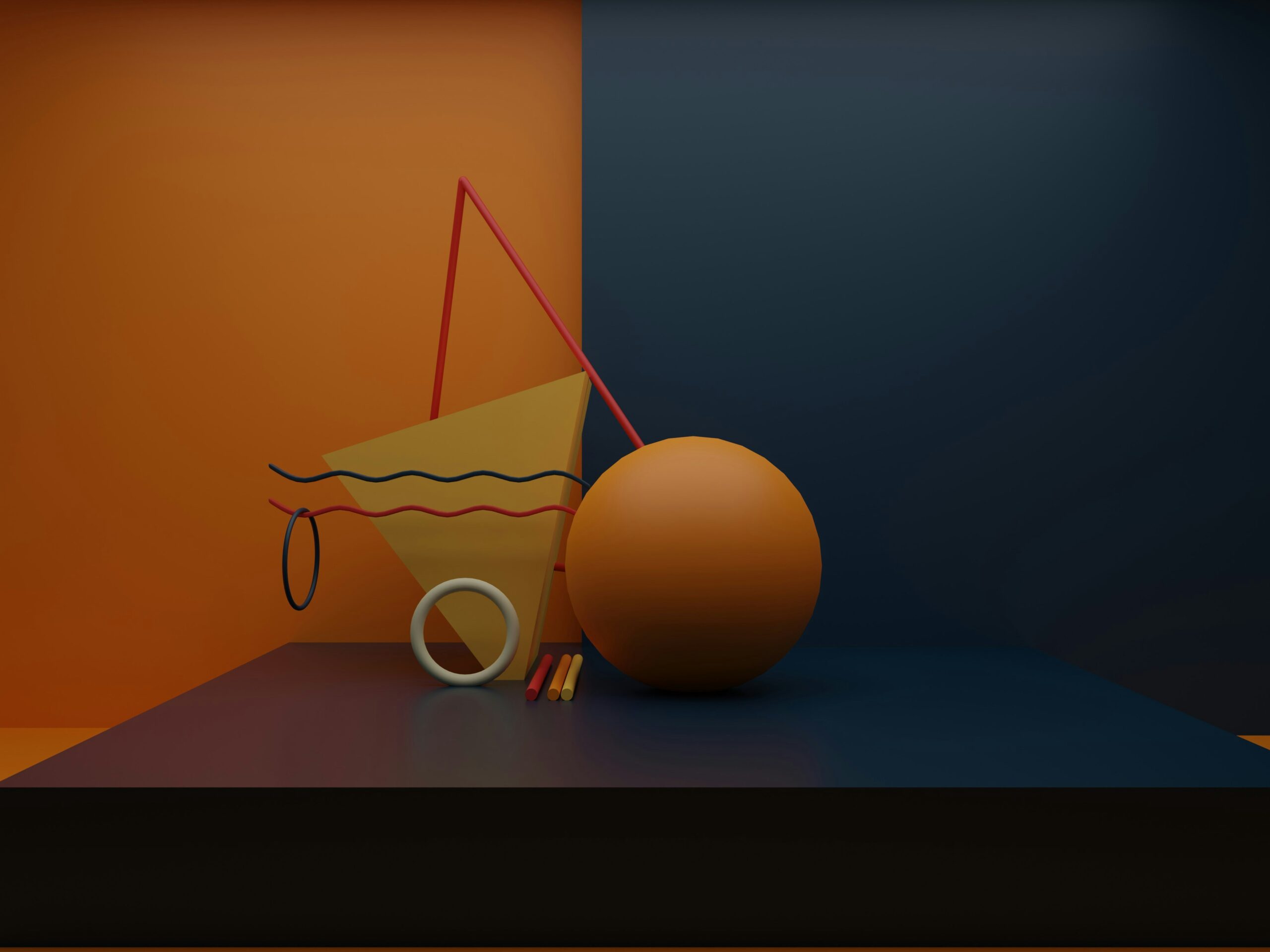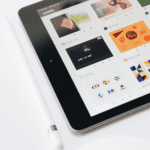In today’s fast-paced world, managing time effectively isn’t just about checking off tasks; it’s about nurturing creativity and achieving your best work as a creative professional. Whether you’re an artist, writer, designer, or innovator, these time management tips are tailored to help you strike a balance between productivity and creative inspiration.
1. Embrace Your Creative Rhythms

Photo by Aron Visuals on Unsplash
Creative work ebbs and flows with inspiration. Recognize when you feel most creative during the day and schedule your most demanding tasks or brainstorming sessions during these peak times. This approach harnesses your natural energy and boosts your productivity.
2. Set Clear Goals

Photo by Tom Briskey on Unsplash
Start each project with clear, achievable goals. Break down your tasks into smaller steps to maintain focus and motivation as you progress. Celebrating small victories along the way keeps you motivated towards achieving larger milestones.
3. Organize Your Day with Time Blocks
Time blocking involves allocating specific time slots for different activities throughout your day. For creatives, this could mean dedicating blocks of time to brainstorming, sketching, research, and actual creation. By focusing on one task at a time, you minimize distractions and maximize creativity.
4. Establish a Consistent Creative Workflow
Develop rituals or routines that signal your brain it’s time to create. This could be as simple as a morning walk, listening to inspiring music, or setting up your workspace in a particular way. Consistent routines help you transition into a creative mindset more easily.
5. Prioritize Inspiration
Creativity thrives when you nourish it. Schedule time for activities that inspire you, whether it’s visiting art exhibitions, reading books, or exploring nature. These experiences recharge your creative energy and provide fresh perspectives for your work.
6. Adopt Flexible Planning Techniques
Traditional time management can feel restrictive for creatives. Embrace flexible planning methods that accommodate creative spontaneity. Use tools like digital calendars, task boards, or journals to organize your tasks while leaving room for creativity and experimentation.
7. Balance Creativity with Productivity
Creativity benefits from structure. Embrace deadlines and constraints as catalysts for creativity rather than limitations. Setting boundaries helps you prioritize tasks and focus on delivering your best work without getting overwhelmed by perfectionism.
8. Break Down Complex Projects
Large projects can be daunting without a clear plan. Break them down into smaller, manageable tasks. This approach not only makes your goals more achievable but also gives you a sense of progress and accomplishment as you complete each step.
9. Establish Creative Routines
Consistency is key to maintaining creative momentum. Establish daily or weekly routines that support your creative process. Whether it’s dedicating specific times of day to different types of creative work or setting aside weekends for personal projects, routines foster discipline and creativity.
10. Review and Reflect Regularly
Take time to review your time management strategies and creative output regularly. Reflect on what’s working well and what could be improved. Adjust your approach as needed to optimize your productivity and ensure your creative efforts align with your long-term goals.
The Importance of Creative Time Management

Creativity is often seen as a spontaneous burst of inspiration, but effective creative professionals understand the importance of managing time to foster consistent and sustainable creativity. Creative time management involves not only organizing your tasks but also nurturing your creative energy and optimizing your workflow to produce high-quality work consistently.
For creatives, time is a valuable resource that must be used wisely to balance artistic expression with productivity. Unlike traditional time management, which focuses solely on efficiency and task completion, creative time management integrates the rhythm of creativity into daily routines. This approach acknowledges that creative ideas often emerge during moments of relaxation or when engaged in activities that stimulate imagination.
Enhancing Productivity for Creatives
Creativity thrives in environments that support experimentation, exploration, and reflection. By adopting strategies that prioritize both productivity and creativity, creative professionals can achieve a harmonious balance that maximizes their creative output. Here are additional tips to enhance productivity specifically tailored for creatives:
Embrace Strategic Procrastination
Sometimes stepping away from a project can lead to breakthroughs in creativity. Strategic procrastination involves consciously delaying work on a task to allow ideas to incubate and evolve naturally. Use this time to engage in unrelated activities that inspire or relax you, such as taking a walk, listening to music, or reading.
Cultivate a Supportive Workspace
Your workspace significantly impacts your creativity and productivity. Create a space that inspires you, whether it’s filled with artwork, plants, or natural light. Keep your workspace organized to minimize distractions and ensure all necessary tools and materials are easily accessible.
Practice Mindful Time Management
Mindfulness techniques, such as deep breathing or meditation, can help calm your mind and increase focus. Incorporate short mindfulness sessions into your daily routine to enhance concentration and creativity during work periods.
Collaborate and Seek Feedback
Collaborating with peers or seeking feedback from mentors can provide valuable insights and new perspectives on your work. Engaging in constructive discussions can spark ideas, refine your creative process, and motivate you to push boundaries in your work.
Invest in Continuous Learning
Stay curious and invest in ongoing learning to broaden your creative skills and knowledge. Attend workshops, enroll in courses, or participate in creative communities to stay updated on industry trends and expand your creative toolkit.
Balancing Creativity and Productivity
Creatives often struggle to balance the need for creative exploration with the pressure to deliver results. Effective time management strategies help navigate this balance by providing structure while allowing flexibility for creative expression. Here are practical tips for balancing creativity and productivity:
Set Realistic Expectations
Establish realistic timelines and goals for your projects based on your creative process and available resources. Avoid overcommitting yourself to projects that may compromise the quality of your work or lead to burnout.
Prioritize Tasks Effectively
Use techniques like the Eisenhower Matrix to prioritize tasks based on urgency and importance. Allocate time for critical tasks that contribute to your long-term goals while managing less urgent tasks efficiently.
Embrace Iterative Processes
Creative work often involves iteration and refinement. Embrace the iterative process by allowing yourself to experiment, make mistakes, and learn from feedback. This approach fosters continuous improvement and encourages innovative thinking.
Manage Distractions Mindfully
Identify common distractions in your work environment and take proactive steps to minimize them. Use tools like noise-canceling headphones, productivity apps that block distracting websites, or designate specific times for checking emails and social media.
Creativity is a dynamic process that thrives on iteration and evolution. Embrace the journey of refining and improving your ideas over time. Allow yourself the freedom to experiment, make mistakes, and iterate on your creative projects. Each iteration provides an opportunity to deepen your understanding, explore new possibilities, and elevate the quality of your work. Embracing iteration fosters resilience and innovation, enabling you to push the boundaries of your creativity and achieve breakthroughs in your artistic endeavors.
Integrate Diverse Creative Practices
One of the most powerful ways to enhance both creativity and productivity is to integrate a variety of creative practices into your routine. Engaging in multiple forms of creative expression, such as writing, drawing, music, or even coding, can stimulate different areas of the brain and lead to unexpected insights and innovations. By diversifying your creative activities, you not only keep your routine fresh and exciting but also open yourself up to new techniques and perspectives that can enrich your primary creative work. This cross-pollination of ideas fosters a more holistic and dynamic creative process, helping you to stay motivated and inspired.
Schedule Downtime and Reflection
In the hustle and bustle of creative work, it’s crucial to schedule regular downtime and periods of reflection. These moments of rest and contemplation are not just for relaxation; they are essential for processing your thoughts and experiences, which can lead to deeper insights and more profound creative breakthroughs. Schedule regular intervals where you step away from your projects, perhaps through activities like journaling, meditating, or simply taking a walk in nature. During these times, reflect on your progress, the challenges you’ve faced, and the lessons you’ve learned. This practice helps to clear mental clutter, reduce stress, and prepare you for the next phase of your creative journey.
Leverage Feedback for Growth
Feedback is an invaluable component of the creative process. Actively seek out constructive criticism from peers, mentors, and even your audience. This input can provide new perspectives, highlight areas for improvement, and validate your efforts. Approach feedback with an open mind and a willingness to grow. Use it to refine your work, enhance your skills, and develop a deeper understanding of your craft. Embracing feedback not only improves the quality of your creative output but also fosters a mindset of continuous learning and improvement.
Cultivate a Resilient Mindset
The creative journey is often fraught with setbacks and challenges. Cultivating a resilient mindset is essential for navigating these obstacles and maintaining your creative momentum. Resilience involves developing the ability to bounce back from failures, learn from mistakes, and persist in the face of adversity. Techniques such as positive self-talk, setting realistic expectations, and celebrating small victories can build resilience. Additionally, surround yourself with a supportive network that encourages and uplifts you during difficult times. A resilient mindset empowers you to stay focused on your goals, remain adaptable, and continue pushing the boundaries of your creativity.
Utilize Visualization Techniques
Visualization is a powerful tool that can enhance your creative process and time management. Spend time visualizing your goals, the steps needed to achieve them, and the outcomes you desire. This mental rehearsal can help you clarify your vision, identify potential obstacles, and develop strategies for overcoming them. Visualization can also reduce anxiety and boost confidence by mentally preparing you for success. Incorporate visualization into your daily routine, whether through meditation, vision boards, or simply daydreaming about your creative aspirations. This practice aligns your subconscious mind with your goals, making it easier to take actionable steps toward achieving them.
Foster Interdisciplinary Collaboration
Collaborating with individuals from different disciplines can spark new ideas and lead to innovative solutions. Engage in interdisciplinary projects where you can combine your creative expertise with the skills and knowledge of others in fields such as science, technology, or business. These collaborations can provide fresh perspectives, challenge your assumptions, and expand your creative horizons. Working with diverse teams encourages cross-disciplinary thinking and helps you develop versatile problem-solving skills. Interdisciplinary collaboration not only enriches your creative work but also enhances your adaptability and opens up new opportunities for growth and development.
Implement Incremental Progress
Focus on making incremental progress rather than aiming for perfection from the outset. Break down your creative projects into small, manageable tasks that can be completed in short bursts of focused work. This approach reduces the overwhelm associated with large projects and makes it easier to maintain consistent progress. Celebrate each small achievement, as these incremental wins build momentum and motivate you to keep moving forward. Over time, these small steps accumulate into significant progress, leading to the successful completion of your creative projects.
Balance Solitude and Collaboration
Creatives often need a balance between solitude and collaboration to thrive. Solitude allows for deep, uninterrupted focus and introspection, while collaboration provides opportunities for idea exchange and mutual support. Schedule dedicated time for solitary work where you can immerse yourself in your creative process without distractions. Equally important, set aside time for collaborative activities, such as brainstorming sessions, workshops, or group projects. This balance ensures that you benefit from both the concentrated effort of working alone and the dynamic energy of working with others.
Conclusion
Effective time management is essential for creatives looking to maximize their productivity and nurture their creativity. By understanding your natural rhythms, setting clear goals, organizing your day with time blocks, and prioritizing inspiration, you can create a productive environment that supports your creative endeavors.
Balancing creativity and productivity requires a personalized approach that values flexibility, routine, and self-reflection. By integrating these time management tips into your daily routine, you can cultivate a sustainable creative process that allows you to consistently produce exceptional work while enjoying the journey of creative exploration.




